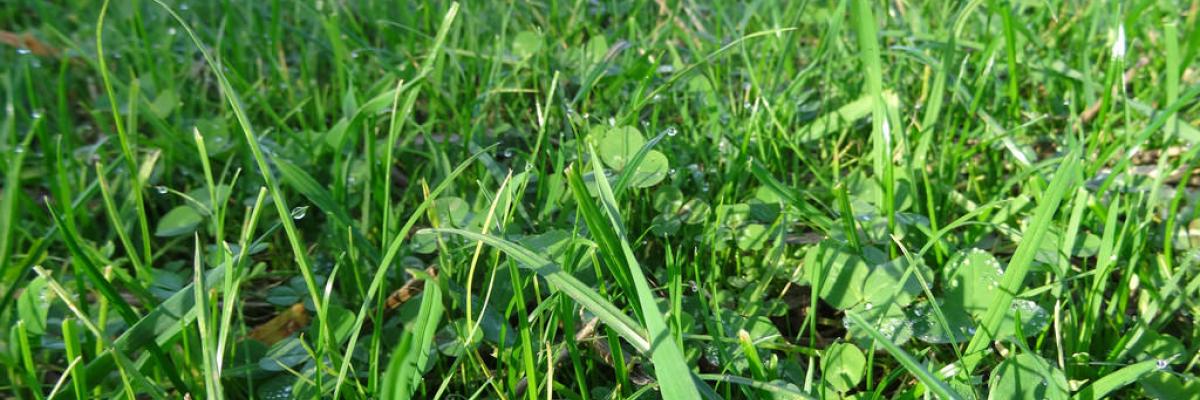
Digging the Dirt on Curlew Call Farm
View the website
This is one of a series of reports by the Soil Association looking at ways farmers are investing in their soil. This one focuses on Jonathan Boaz, an arable farmer in the West Midlands who believes in boosting organic matter largely through using green manures and grass leys. It describes how he uses grass leys to help suppress blackgrass, reduce inputs, and get good cash returns; his endeavours in ensuring he has a long period of soil fertility built in to his rotation; his use of minimum tillage, compost and farmyard manure (and the impact on beneficial soil organisms); and the soil health / fertility benefits he sees from incorporating livestock in to his farming system.
- Jonathan aims for a cost-effective wheat yield rather than maximum yields, concentrating on soil-improving grass leys. He follows 3 years of cereals with 4-5 years of grass leys. Cereals are typically 2 years of winter wheat grown for feed followed by hybrid winter barley which vigorously competes with blackgrass.
- He uses a legume and herb-rich sward mix designed for HLS agreements; providing pollen and nectar, soil conditioning and top quality grazing and forage. The ley is down for 5 years before going back to wheat and is used for sheep grazing and hay crops, making excellent fodder for beef cattle.
- Jonathan has noticed an obvious increase in worm activity following compost and farmyard manure applications. His compost is composed of straw from cereal crops, farmyard manure from neighbouring livestock farms, woodchip from trees on the farm, and green forage (mostly from lucerne). This has been costed out (allowing for mixing and spreading) and comes to £32.61 per tonne. He has recently identified a cost effective source of phosphate he can add to it to help his low soil indices.
- He sees the advantage of grazed root crops on soil health; crop biomass is returned as manure with no costly field operations.
Also see 'Digging the Dirt on Honeydale Farm' and 'Digging the Dirt on Lower Smite Farm'

